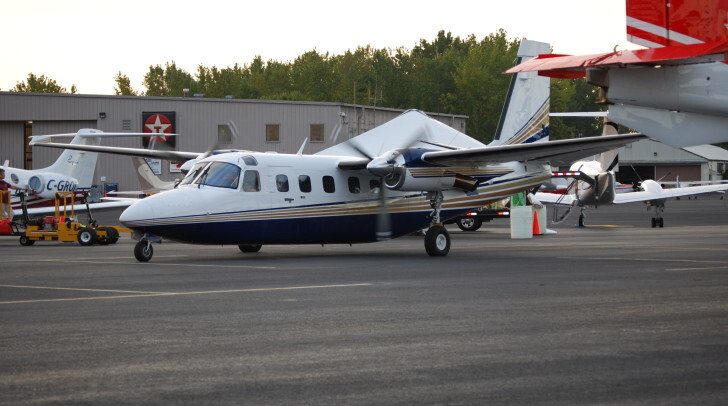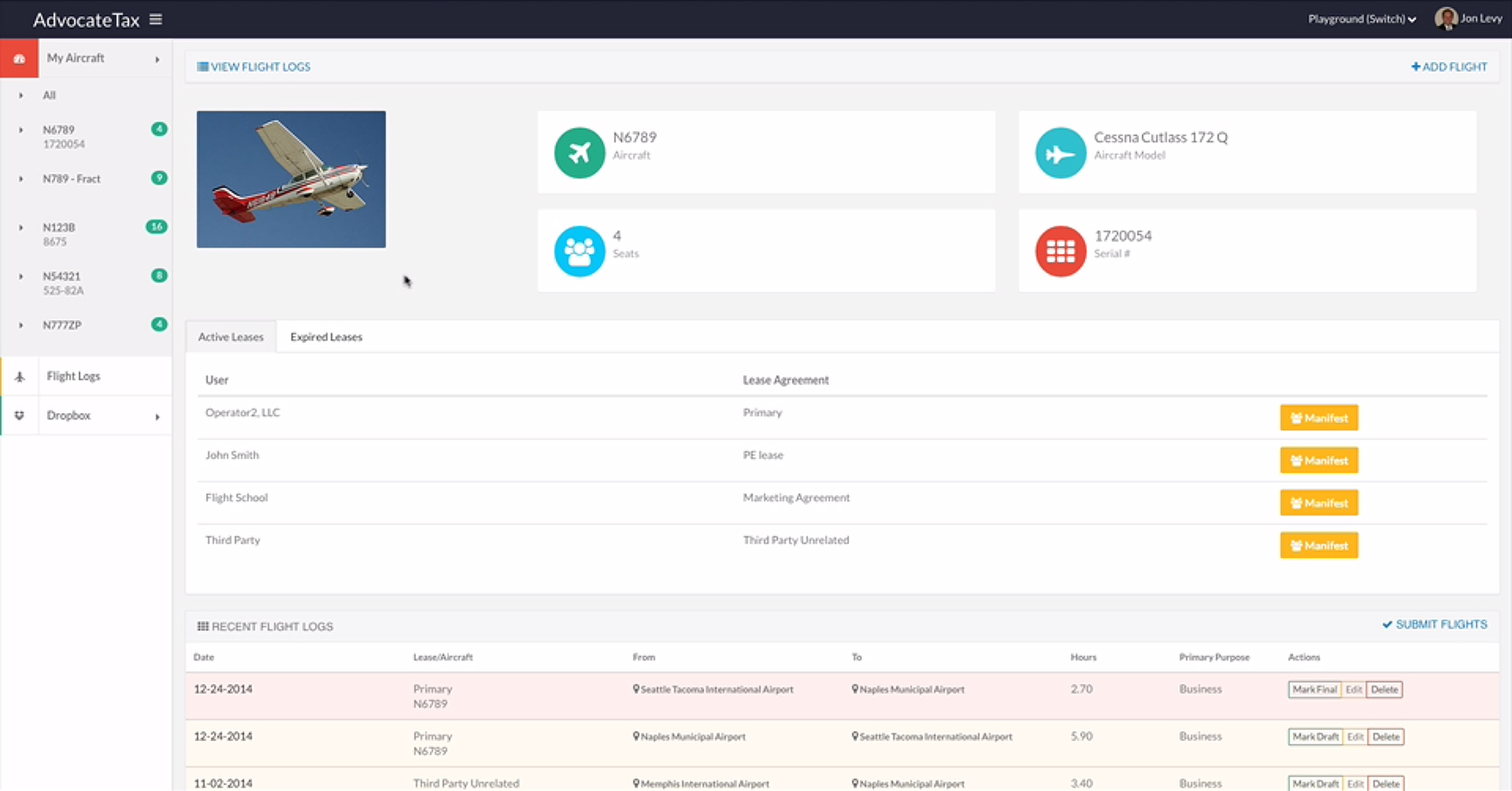By Suzanne Meiners-Levy, Esq.

Owning and operating a business aircraft can serve as an incredible time saver, connecting you to your products, clients, colleagues and project more effectively and efficiently. However, those clear skies can get significantly more troubled when an IRS audit requires your full time and attention. While there is no way to insulate yourself from the possibility that the IRS will choose to examine your business aircraft, some simple steps may decrease the likelihood of examination or make any resulting exam less painful and disruptive to your business operations.
Structure the Transaction Correctly
Thinking about how the aircraft will be used well in advance of taking delivery is the first step to heading off IRS problems. By coming up with a projected use profile, you can ensure that the aircraft is purchased in the correct company name, and that the connection between the aircraft and your profitable primary business is clear on the face of the tax return.
It is a common business practice, and often the right decision, to own the aircraft in a single-purpose entity, but the manner in which that entity is owned and reflected on the tax return may increase the potential for scrutiny. Owning an aircraft in a single-member, schedule-C business may not only result in a company that shows significant paper losses that fail to demonstrate profit motive, it may also inadvertently limit the deductions you can take for some types of business flights.
File Appropriate Elections to Group
While you have significant leeway in how your business operations are structured, there are a few technical filing requirements that serve as potential traps for the unwary. Activities that are undeniably interlinked in operation, e.g., an aircraft-ownership entity and a consulting company it serves, or the primary business it is operated in furtherance of, may be viewed as separate by an IRS agent reviewing the return in evaluating profit motive and passive versus active tax treatment.
When an election is filed with the return, you are putting the IRS on notice that the entities or activities were never intended for stand-alone scrutiny. This election can, in effect, shift the burden to the IRS to demonstrate that the connection is irrational, illogical, or unsupported. Failure to file such an election under the passive activity rules can bar later arguments that each entity is part of a larger group, putting your deductions in jeopardy and providing the IRS ammunition.

Keep Contemporaneous Logs
Provided that you structure the acquisition and operations correctly, and do not fall into an unintended tax trap, the focus of any IRS exam of your business aircraft will likely be the aircraft use history—e.g., flight logs. Because aircraft are listed property, taxpayers are required to keep records that reflect the aircraft mileage, fight hours, and the dates and locations of the flights. In addition to these records, notes regarding the purpose of each flight, the passengers, and purpose of each passenger on the aircraft are all important to maximizing the deductibility of the aircraft use.
How will an IRS agent looking at the tax return know you are likely keeping detailed logs? Many business aircraft are used at times for personal purposes, whether that means a personal passenger tagging along on a business flight, or flights primarily undertaken for personal reasons. These cases of personal use have tax consequences, typically in the form of (1) fringe-benefit income to the flight recipient, and (2) cost-deduction disallowance to the company for passengers who meet the IRS definition of “specified individual” and are flying for personal entertainment purposes.
An IRS agent examining a tax return that deducts a business aircraft but does not include these two calculated items will have to wonder whether every single passenger on every single flight was there primarily for business purposes, or whether the taxpayer is failing to take aircraft personal-use items into account. By keeping comprehensive logs and properly reflecting these items on your return, you reflect your good faith effort to comply with the tax laws.
The personal-use calculations noted above are cumbersome to the point that they cannot be practically accomplished without making use of a dedicated software suite written for the purpose. Several such products are on the market, including one developed by Advocate Consulting and made available to its clients.
Conclusion
There is no magic bullet that insulates you from undergoing a tax audit, or that makes a personal aircraft tax deductible that is outside a business context. The above discussion, however, provides concrete steps you can take to help ensure that the business aircraft you are operating continues to make business easier and more efficient, rather than a source of a headache with the IRS.
Suzanne Meiners-Levy is a Partner at Advocate Consulting Legal Group, PLLC, a law firm whose practice is limited to serving the needs of aircraft owners and operators relating to issues of income tax, sales tax, Federal Aviation Regulations, and other related organizational and operational issues.
IRS Circular 230 Disclosure: New IRS rules impose requirements concerning any written federal tax advice from attorneys. To ensure compliance with those rules, we inform you that any U.S. federal tax advice contained in this communication (including any attachments) is not intended or written to be used, and cannot be used, for the purpose of (i) avoiding penalties under federal tax laws, specifically including the Internal Revenue Code, or (ii) promoting, marketing or recommending to another party any transaction or matter addressed herein.
